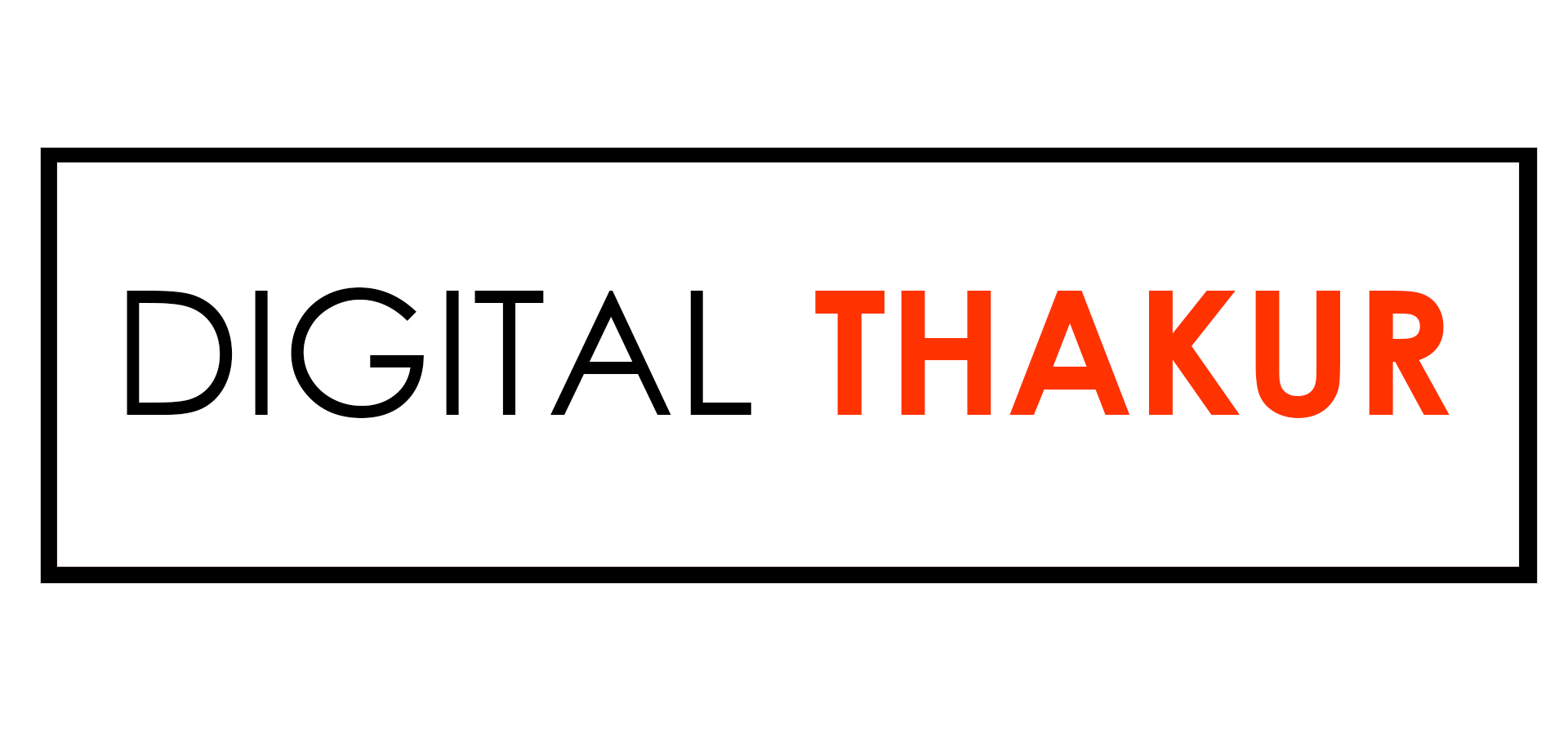
Using an approach called “inbound marketing,” you may draw in your target audience by working with them from the time they first engage with your brand until they become dedicated followers.
The foundation of the inbound marketing technique is a collection of non-intrusive tactics that help businesses:
- Boost the volume of traffic and users visiting their websites.
- Encourage connections to turn these visitors into customers who may be interested in converting and with whom you may establish a long-term relationship.
- To speed up conversions, automate the marketing process.
The significance of non-invasive techniques must be emphasized. Instead of meddling with the customer’s routine with intrusive advertising, you should try to lure them to you.
What is inbound marketing?
Instead of making a brand, product, or service on prospects to generate leads or customers, inbound marketing focuses on attracting visitors and possible customers.
This refers to grabbing consumers’ attention with a strategic mix of marketing channels, most frequently content marketing, SEO, and social media. Earned and owned media are excellent inbound marketing strategies to increase reach and generate high-quality visitors, engagement, and conversions.
The phrase “inbound marketing” was forged in 2006 by HubSpot, a provider of inbound marketing software. According to HubSpot, inbound marketing attracts converts, closes, and delights customers. The “inbound approach” uses various types of information at multiple points in the buying cycle and is described as “the finest plan to change strangers into consumers and fans of your business.”
How does inbound marketing work?
Because it is entirely focused on what customers want and are looking for right now, inbound marketing is effective. It’s essential to be available and prepared when customers are looking for what you have to offer rather than trying to force your brand in front of them. Inbound marketing is successful when you produce top-notch content that appeals to your target audience.
The most satisfactory traffic is that which is heading out.
It’s essential to remember that inbound marketing doesn’t always work as well as it should when it’s the only marketing strategy employed. The secret to an effective inbound marketing strategy is to create top-notch content that can also be distributed through outbound tactics. Your audience will therefore be able to locate a library of interesting and pertinent content across your platforms through search. Still, you will also have the option to advertise it if necessary.
It gives your viewers what they’re looking for.
Inbound marketing is an excellent strategy for fostering customer engagement, which results in buyer journeys and ongoing customer relationships. For instance, if you create an ebook that people love reading on your website, they are more likely to provide their contact information and turn into leads. Combining inbound marketing techniques with automation is very straightforward in moving new leaders and consumers through the sales funnel.
Benefits of inbound marketing
Reach the correct audience at the proper place to generate unusual traffic.
By focusing your inbound marketing approach on reaching the right people in the right places, you can draw in your target customers and achieve your digital marketing goals. This is less expensive than paying to attract visitors who are unlikely to convert.
Increased trust
Inbound marketing aims to engage and attract potential customers by giving them the information they require, even if unaware. Pushing unwanted sales is not essential at all times. Inbound marketing is to position your company as a reliable and helpful resource so that customers will seek you out when making a purchase.
Avoid relying too heavily on one channel.
You reduce your reliance on a single channel and the risk involved by pursuing unusual traffic from a variety of seeds, including organic search, social media referrals, and referrals from other websites praising your excellent work.
Five fundamentals of inbound marketing
Understanding the five inbound marketing pillars of traffic acquisition, conversion, marketing automation, loyalty, and analysis is essential for a thorough understanding of inbound marketing.
Boosting Traffic
The first stage is to increase online traffic for the brand. Focus on acquiring quality visitors to the website, people who match your ideal client profile or buyer persona, rather than creating a high traffic volume. SEO and content marketing are the only strategies that can help with this.
Conversion
You want guests to your website to leave their information, turn it into a lead, and keep receiving information from you.
The conventional method of converting users into potential customers involves offering them valuable content in exchange for their information on a form. There are, however, more options, such as delivering test demos, holding meetings, or speaking with them on the phone or via chat. The objective will always be to collect their information and add it to your database.
Computerized Advertising
The foundation of this inbound marketing pillar is the systematization of the prospect-to-customer communication cycle. To do this, you might use lead nurturing and lead scoring tactics.
Loyalty
The process doesn’t finish when you successfully turn a lead into a client. The next step is to use loyalty strategies like newsletters, exclusive deals, and rewards to entice this customer to adhere to you for as long as possible.
Since keeping a client costs less than acquiring a new one from scratch, developing an effective loyalty programme benefits the business.
Analysis
No inbound marketing plan is complete without a method for tracking and analyzing results. The key performance indicators (KPIs), the most critical metrics for establishing whether or not your plan is effective, must be carefully identified.
Examples of inbound marketing
- Content hubs provide access to how-to video lessons, blogs, case studies, webinars, white papers, and product information.
- Social media marketing tactics use user-generated content, such as photography competitions or the compilation of reviews.
- Interactive online content pieces were created in partnership with affiliated companies to increase digital PR and marketing possibilities.
- Blogging on your business’s website to produce excellent content for your target audience.
Wrapping Up
The need to track outcomes and adjust your approach as necessary should be the only aspect of inbound marketing you keep in mind. This is where testing comes in; identify the messages, kinds of valuable content, images, calls to action, and other elements that are most effective for your target audience. Make sure to employ them frequently or in your subsequent campaign.



